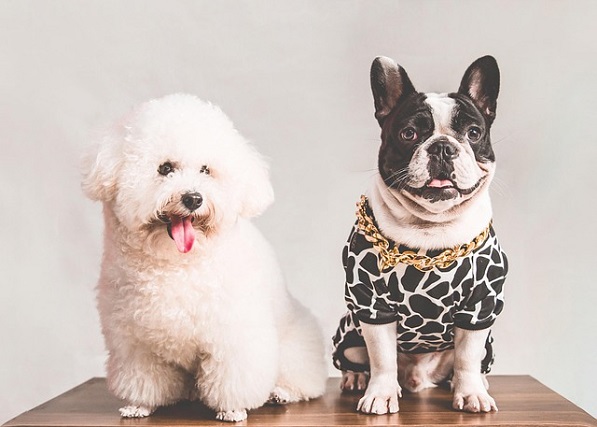
What is glaucoma in a dog?
You might notice your dog squinting more at mealtime or avoiding bright sunlight—these small changes could be early signs of a serious eye condition.
As a new dog owner, you’re always on the lookout for ways to keep your furry friend healthy and happy. Dental chews seem like a convenient solution—they promise clean teeth, fresh breath, and a content pup. But a nagging question lingers: Are dental chews safe for dogs? Let’s dig into the facts to help you make an informed decision.
Dental chews work through a combination of mechanical action and specific ingredients. When your dog chews, the texture of the treat scrapes away plaque from their teeth, much like how brushing works for humans. Some chews also contain additives designed to break down tartar or inhibit the growth of bacteria that cause bad breath. However, the safety of these chews depends on various factors. For instance, if a chew is too hard, it can crack your dog’s teeth. And if it’s too soft or breaks into small pieces easily, there’s a risk of choking. Take the case of Bella, a Golden Retriever puppy. Her owner gave her a large dental chew unsupervised, and she managed to swallow a big chunk, leading to a scary trip to the emergency vet.
To ensure dental chews are safe for your dog, start by choosing the right product. Look for chews that are appropriately sized for your dog’s breed and age. Small breeds like Pomeranians need tiny, soft chews, while larger dogs such as German Shepherds can handle more substantial, durable options. Always read the label carefully—avoid chews with artificial colors, flavors, or excessive amounts of sugar. Supervision is non - negotiable. Watch your dog while they’re enjoying the chew to make sure they don’t bite off and swallow large pieces. If you notice your dog struggling to chew or showing signs of discomfort, take the chew away immediately.
In the United States, responsible pet ownership extends beyond dental care. Remember to keep your dog’s vaccinations current, as required by state laws. Rabies shots, in particular, are mandatory in most areas to protect both your pet and the community. When it comes to public spaces, whether you’re at a park in Los Angeles or a sidewalk in New York, always clean up after your dog. This simple act of hygiene helps maintain a positive reputation for dog owners and keeps shared areas clean.

Positive reinforcement plays a role here too. Just as you use treats to reward good behavior during training, dental chews can be part of a positive oral care routine. But never use them as a punishment or a way to calm an anxious dog, as this can create negative associations. For apartment dwellers, dental chews can be a great way to keep your dog occupied without making too much noise. However, be mindful of the mess they can create—place your dog on a mat or in an easy - to - clean area while they chew. And when you take your dog out for walks, follow local leash laws and respect other pedestrians’ space.
In conclusion, dental chews can be safe for dogs when used correctly. By choosing the right product, supervising your dog, and fulfilling your general pet - ownership responsibilities, you can incorporate dental chews into your dog’s routine as a helpful tool for maintaining good oral health.

You might notice your dog squinting more at mealtime or avoiding bright sunlight—these small changes could be early signs of a serious eye condition.

Let’s set the scene: It’s a sweltering Phoenix afternoon—105°F outside—and you rushed your 2-year-old Lab mix, Cooper, on a quick walk to “get it over with.”

Let’s get real: You’re in your Miami apartment, watching your 3-year-old Corgi, Loki, struggle to climb the stairs to your second-floor unit.

Many dog owners brush off occasional scratching as just “dog behavior,” but persistent itching often signals something more—like a food allergy.

You might first notice your dog scratching more than usual—chewing at their paws until the fur looks thin, or rubbing their face against the couch nonstop.

Let’s be real: You’re standing in your Chicago apartment, watching your 3-year-old Beagle, Max, huff and puff just to climb onto the couch.